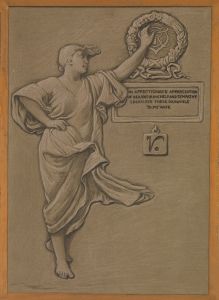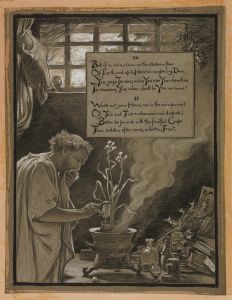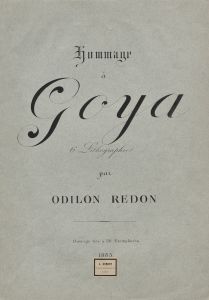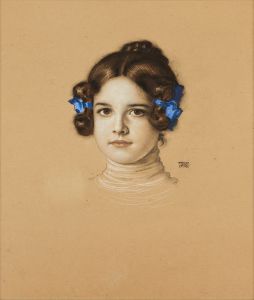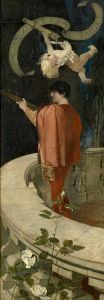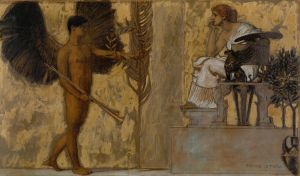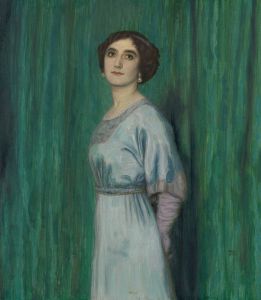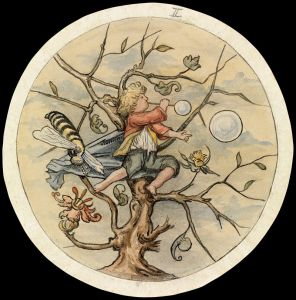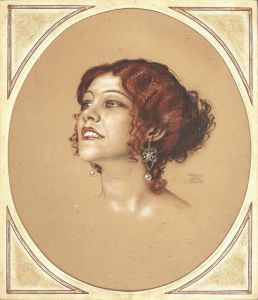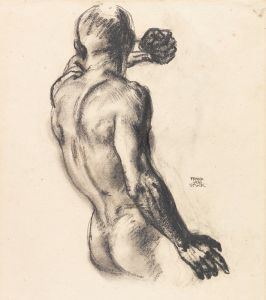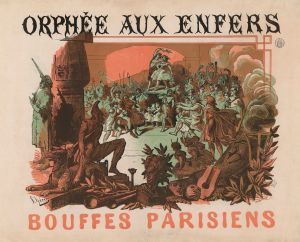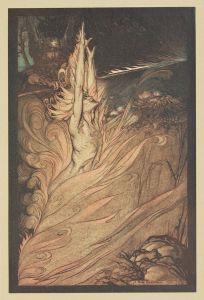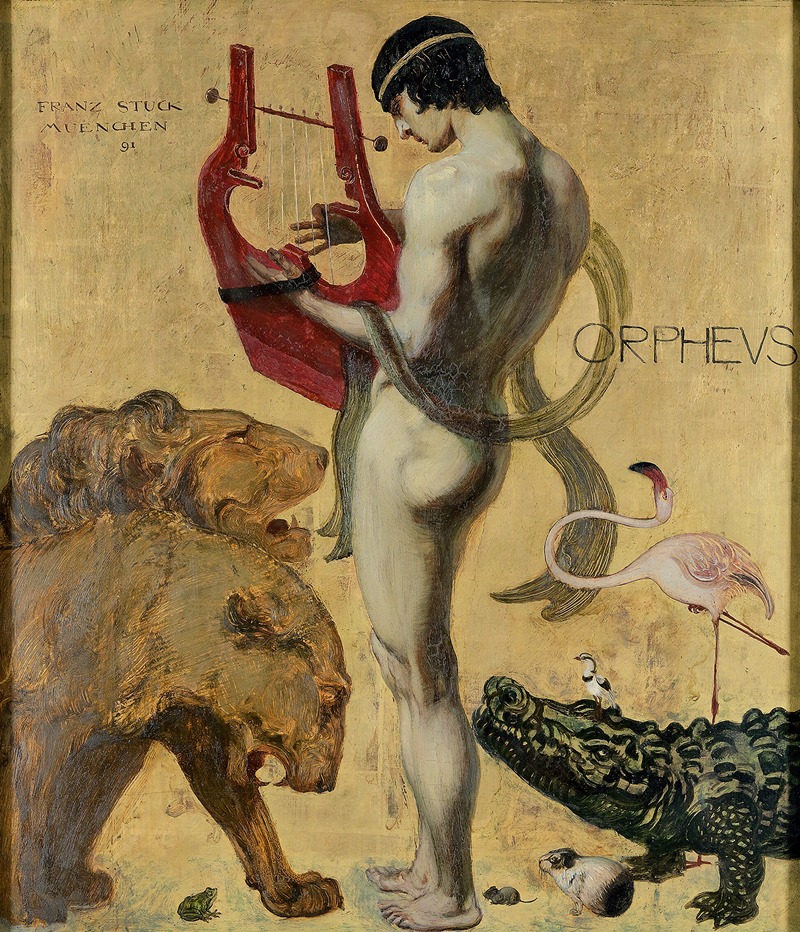
Orpheus and the animals
A hand-painted replica of Franz von Stuck’s masterpiece Orpheus and the animals, meticulously crafted by professional artists to capture the true essence of the original. Each piece is created with museum-quality canvas and rare mineral pigments, carefully painted by experienced artists with delicate brushstrokes and rich, layered colors to perfectly recreate the texture of the original artwork. Unlike machine-printed reproductions, this hand-painted version brings the painting to life, infused with the artist’s emotions and skill in every stroke. Whether for personal collection or home decoration, it instantly elevates the artistic atmosphere of any space.
Franz von Stuck's painting "Orpheus and the Animals" is a notable work by the German symbolist artist, who was active during the late 19th and early 20th centuries. Stuck, born in 1863 in Bavaria, was a prominent figure in the Munich Secession movement and was known for his allegorical and mythological subjects, often infused with a sense of mysticism and symbolism.
"Orpheus and the Animals" depicts the legendary figure of Orpheus, a musician, poet, and prophet in ancient Greek mythology. Orpheus is renowned for his ability to charm all living things and even inanimate objects with his music. In the myth, his enchanting melodies could pacify wild beasts and coax trees and rocks into movement. This theme of music's transcendent power is central to the painting.
In Stuck's rendition, Orpheus is typically portrayed with his lyre, an instrument closely associated with him, surrounded by a variety of animals. These animals, often depicted in a state of calm or rapture, symbolize the universal and harmonious influence of Orpheus's music. The painting captures the serene and almost magical atmosphere that is a hallmark of Orpheus's mythological narrative.
Franz von Stuck's style is characterized by a dramatic use of light and shadow, which he employs to create a sense of depth and focus within the composition. His works often feature a rich palette and a meticulous attention to detail, both of which are evident in "Orpheus and the Animals." The painting reflects Stuck's interest in the interplay between humanity and nature, a common theme in Symbolist art, where the boundaries between the real and the mythical are often blurred.
Stuck's work is also noted for its psychological depth, exploring themes of emotion, spirituality, and the subconscious. In "Orpheus and the Animals," the serene expressions of the animals and the poised demeanor of Orpheus suggest a moment of introspection and tranquility, inviting viewers to contemplate the power of art and music to transcend the ordinary and touch the divine.
As a member of the Munich Secession, Stuck was part of a movement that sought to break away from traditional academic art and embrace more modern and innovative approaches. His work, including "Orpheus and the Animals," reflects this ethos, combining classical themes with a modern sensibility that was ahead of its time.
Franz von Stuck's contributions to art were recognized during his lifetime, and he was a respected teacher at the Academy of Fine Arts in Munich. His influence extended to many students, including notable figures such as Paul Klee and Wassily Kandinsky. "Orpheus and the Animals" remains an important example of his artistic legacy, illustrating his ability to blend mythological storytelling with a distinctive and evocative visual style.






